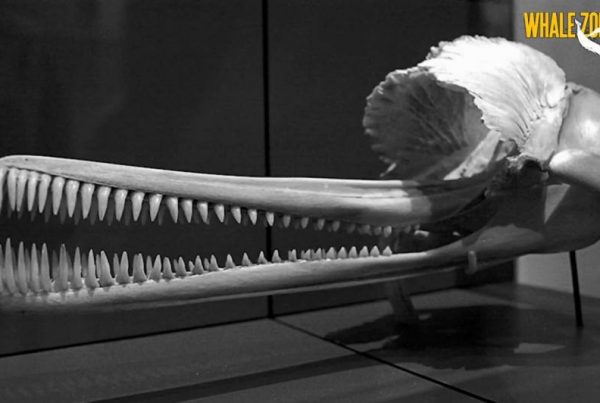Hi everyone, welcome to a new episode of WHALEZONE.TV, which is now available on our blog! In this episode, our PhD Lorenzo explains How we can measure whales and dolphins. Watch, learn and enjoy!
Subscribe to WHALEZONE.TV on Youtube! – http://bit.ly/wzsubscribe
ARE YOU PUZZLED about something? Share your question here – http://bit.ly/wzquestion
Sightings, Reports, Articles & Media – http://bit.ly/whalezone About WHALEZONE.TV – http://bit.ly/aboutwz
We support:
MONICET Cetaceans Research & Conservation – http://www.monicet.net
SPEA Portuguese Society for the study of Birds – http://www.spea.pt/en/
COSTA Sea Turtle Research & Conservation – http://bit.ly/costaturtles
Visit our Sponsors: TERRA AZUL™ See Whales & Dolphins – https://www.azoreswhalewatch.com
References:
Christensen, F., Sironi, M., Moore, M. J., Di Martino, M., Ricciardi, M., Warick, H. A., . . . Uhart, M. M. (2019). Estimating body mass of free‐living whales using aerial photogrammetry and 3D volumetrics. Methods in Ecology and Evolution, 10(12), 2034-2044. Durban, J. W., Moore, M. J., Chiang, G., Hickmott, L. S., Bocconcelli, A., Howes, G., . . . LeRoi, D. J. (2016).
Photogrammetry of blue whales with an unmanned hexacopter. Marine Mammal Science, 32(4), 1510-1515. doi:10.1111/mms.12328
Footage:
1)Whale Photogrammetry by the GEMM Lab at Oregon State University
2)UAS overflight of gray whale and photogrammetry methods by the GEMM Lab at Oregon State University
3)Game of Drones: Soaring to New Heights for Antarctic Whales from WWF-Australia
4)Blender Humpback Whale Modeling by CG Dive







